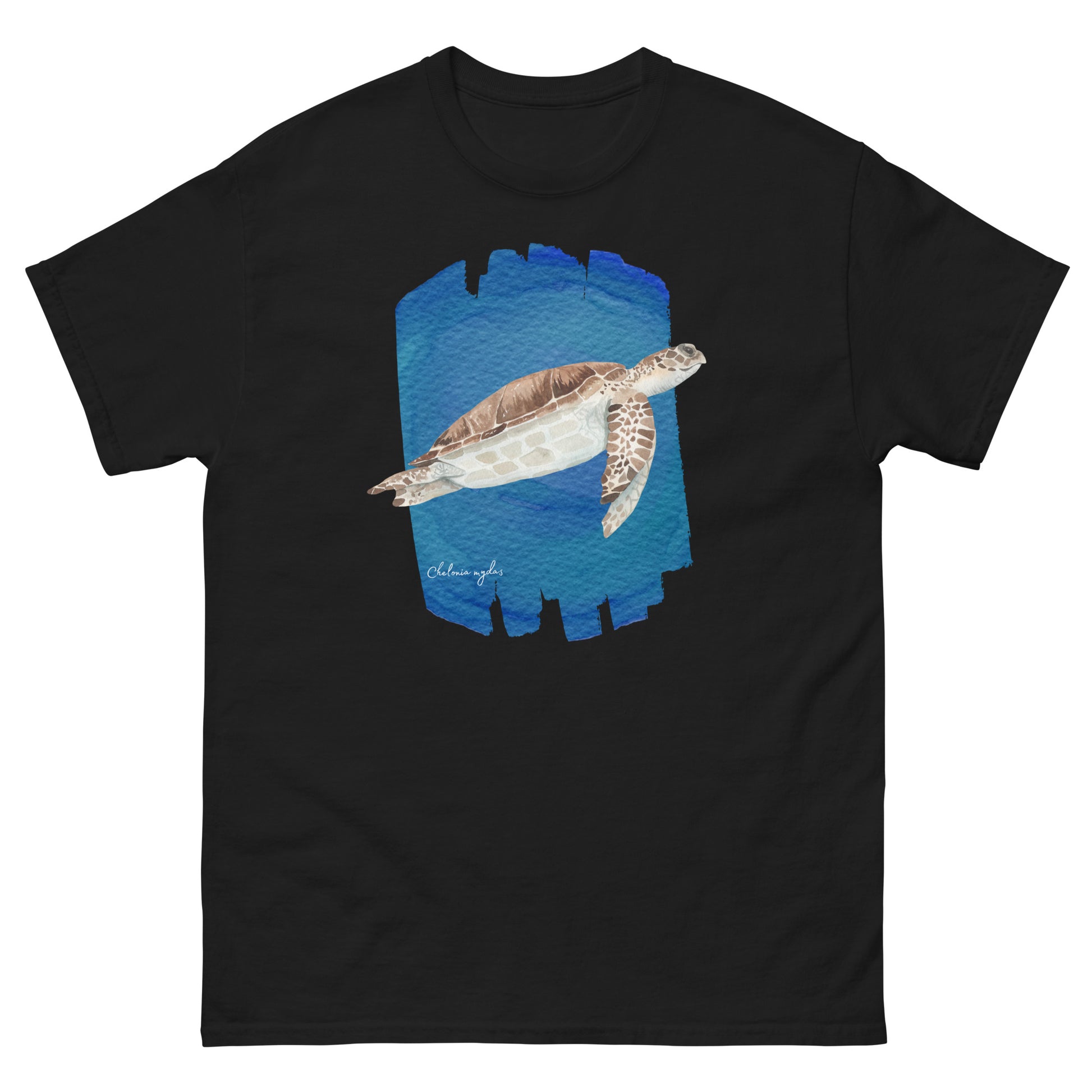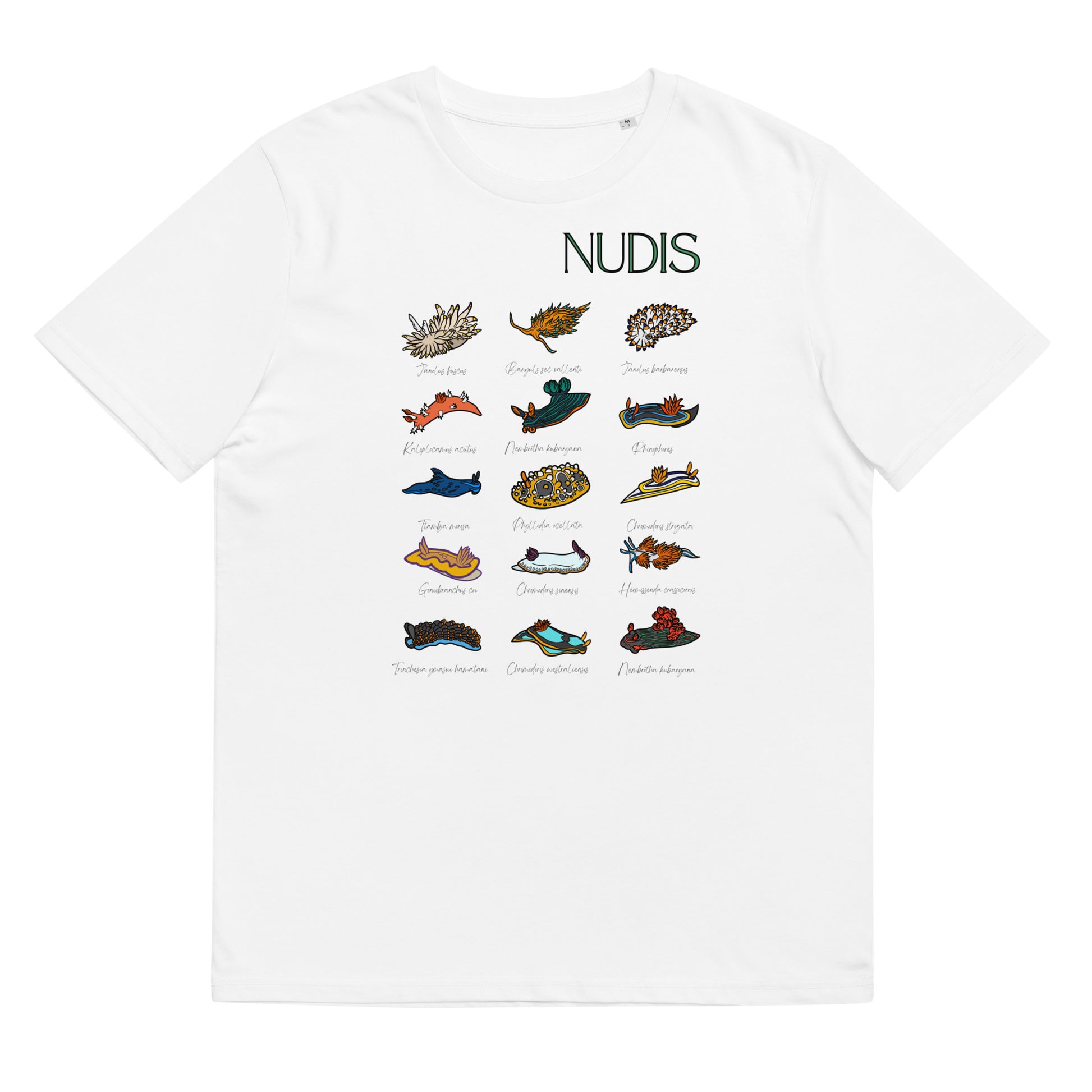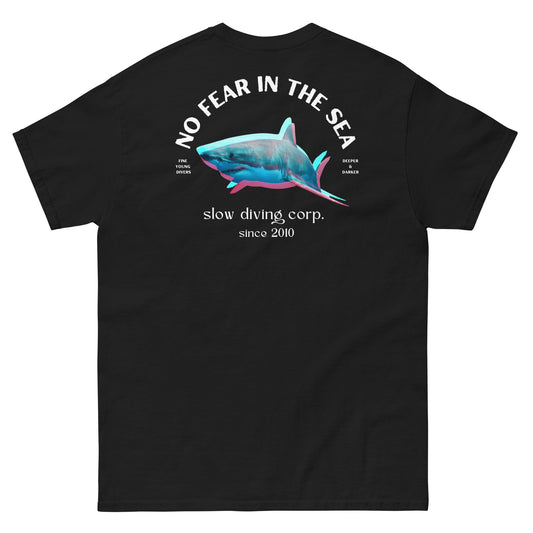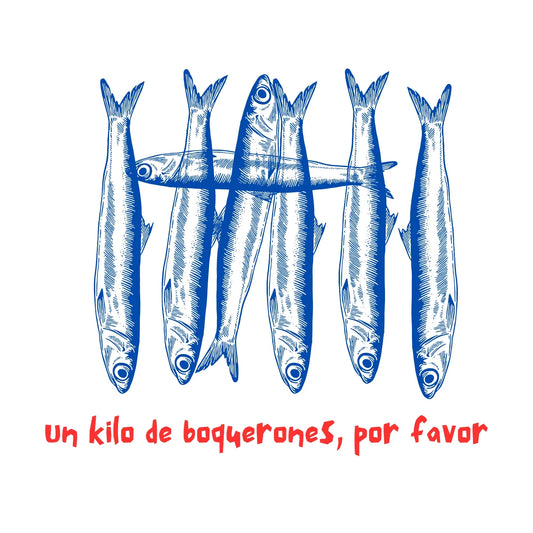The Kemp's Ridley Sea Turtle (Lepidochelys kempii) is the second smallest of sea turtles. This turtle has a shell as wide as it is long, with 5 pairs of costal scutes, and is raised on its upper part. Each of the front flippers has a claw, while the hind flippers may have one or two. These turtles change color as they mature, with hatchlings mostly dark gray or black, changing as adults to grayish-green with a yellow-green or white plastron (or ventral area). It reaches a maximum size of about one meter in length and a weight of 45 kilograms.
T-shirts and Hoodies for Turtle Lovers
SEE MORE TURTLE T-SHIRTS AND HOODIESOne of the curiosities of the Kemp's Ridley turtle is that almost all females return each year to a single nesting beach in Rancho Nuevo, in the Mexican state of Tamaulipas, where nearly 95% of Kemp's Ridley turtles worldwide nest.
Kemp's Ridley turtles gather at the same time on a particular nesting beach in this Mexican state, and a large number of females gradually arrive on the coast and nest in what is known as an "arribada." There are many theories about what triggers an arribada, from onshore winds and lunar cycles to the release of female pheromones.

Kemp's Ridley turtle during egg laying. Image from USFWS Endangered Species
Kemp's Ridley turtles lay their eggs from May to July, around 100 eggs per nest, which incubate for 50 to 60 days.
T-shirts designed by divers for divers
VIEW MORE T-SHIRTS FOR DIVERSHabitat of the Kemp's Ridley Turtle
Adult Kemp's Ridley turtles inhabit shallow areas with muddy or sandy bottoms. Their diet consists mainly of crabs, but can also include fish, jellyfish, and a variety of mollusks. They are distributed throughout the Gulf of Mexico and the Atlantic coast of the U.S., from Florida to New England, although there are some records that suggest arrivals near the Azores Islands, Morocco, and even the Mediterranean Sea.
Newly hatched hatchlings inhabit a very different environment from adult turtles. After hatching, the hatchlings enter the water and must swim quickly to escape predators near the coast. Some hatchlings remain in the currents in the Gulf of Mexico, while others may be swept to Florida or into the Atlantic Ocean by the Gulf Stream.

Distribution and nesting map of Kemp's Ridley turtle. Source: Wikipedia
Like many juvenile turtles of other sea turtle species, after reaching the open ocean, Kemp's Ridley turtles use floating seaweed as a refuge, resting area, and food source. Later, these young turtles return to shallow areas in the Gulf of Mexico or the northwest Atlantic Ocean to feed and develop until reaching adulthood.

Kemp's Ridley turtle hatchling seeking the ocean moments after hatching. Image from qnr
Threats to Kemp's Ridley Turtles
Accidental capture in fishing nets, mainly in shrimp trawls, as well as gillnets, longlines, and dredges are the main threats to Kemp's Ridley turtle, the most endangered sea turtle species. Egg collection has historically been its greatest threat until 1970 when it was first listed under the Endangered Species Conservation Act, and subsequently under the 1973 Endangered Species Act prohibiting egg collection.

























